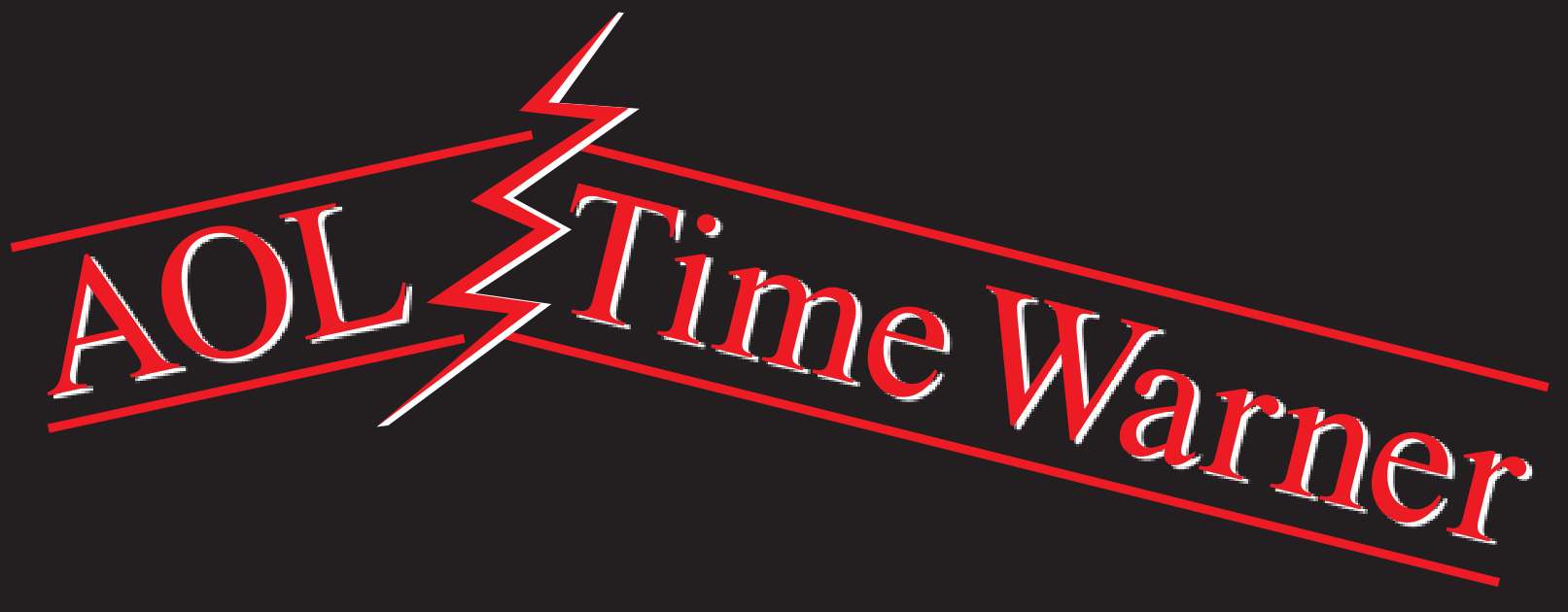On 19 September 1772, American scientist and statesman Benjamin Franklin wrote to his friend Joseph Priestly, who had asked for his advice on a particularly troubling matter:
“My Way is, to divide half a Sheet of Paper by a Line into two Columns, writing over the one Pro, and over the other Con. Then I put down under the different Heads short Hints of the different Motives that occur to me for or against the Measure. When I have thus got them all together, I endeavour to estimate their respective Weights; and where I find two, one on each side, that seem equal, I strike them both out…”
Thus, the ‘pros and cons’ list was born.
Franklin’s ‘moral algebra’ became a classic theory of decision-making. Its basic principle is to take a calculated approach by comparing the weighted benefits and costs of any action. Although it has become the foundation for more refined models, essentially it has been the basis of decision-making for over two centuries
Does the ‘pros and cons’ approach have the sophistication to tackle the complex business environment of today?
The need to make better decisions has never been more urgent. In the past, the business environment was relatively unchanging, so what worked before tended to work well again. However, the pace of change has accelerated tremendously in recent years, and the economic environment has become ever more unpredictable.
Yet, the quality of corporate decision-making does little to inspire confidence. A 2009 McKinsey global survey of 2,207 executives showed that only 28% of executives felt that the quality of business decisions in their companies was generally good.
Could a better understanding of simple human biases and why people are predicated to make certain choices enable better decision-making?
The Confirmation Bias
Behavioural economics is the study of decision-making by combining insights from psychology with economics. One of its leading proponents is Daniel Kahneman, winner of the 2002 Nobel Prize in Economics.
Kahneman identified what he believed were several flaws in how people approach decision-making. He coined the phrase ‘What You See Is All There Is’ (WYSIATI) in his book 'Thinking, Fast and Slow' to describe how people tend to narrowly focus only on available information. Kahneman argued that people are also predisposed to seek confirmatory information, while ignoring evidence to the contrary. This ‘confirmation bias’ is a commonly seen trait when people justify the purchase of an expensive luxury item.
Understanding WYSIATI
Researchers Dan and Chip Heath built upon the concept of WYSIATI and other insights from psychology and behavioural economics. The Heath brothers identified four ‘villains’ – as they characterise them – that negatively influence decision-making: narrow framing, confirmation bias, short-term emotion, and over-confidence about the future.
The key to tackling the four ‘villains’ is what the Heath brothers term the ‘ WRAP’ model:
Widen your options: actively generate more quality options.
Reality-test your assumptions: ask disconfirming questions and make small bets to test your assumptions.
Attain emotional distance before deciding: do not be swayed by short-term emotions; clarify your core priorities.
Prepare to be wrong: do not be overconfident that things will turn out as you expect – prepare for both good and bad outcomes.
Of these, widening your options has the greatest impact. Considering more than two options dramatically improves decision-making by as much as six times. However, simply arming yourself with a greater awareness of human biases allows you to improve your decision-making competency.

Case study of AOL-Time Warner: The most expensive decision-making mistake in history?
At a deal valued at US$350 billion, the 2000 merger of AOL and Time Warner was both the largest merger in US business history, and possibly the most colossal business failure ever. Over a decade later, the two – now separated – companies have since shed almost US$300 billion in market value.
It didn’t look like a bad move…
During pre-merger discussions, the heads of both AOL and Time Warner appeared to focus solely on combining new and traditional media at a time when the Internet was expected to be the main facilitator of commerce and communication3. They did not seem to even consider the possibility that the rocketing share price of AOL could falter and put the financing in danger. In behavioural economic terms, the decision-makers focussed purely on the upsides, while the cons simply did not appear on the list.
After the merger, it also soon became apparent that both the people and cultures of AOL and Time Warner were clashing. Some executives had underestimated the severity of the culture clash, while others did not or could not raise concerns until the deal was sealed. The contrary evidence that might have halted the merger was downplayed or sidelined.
Could it have been avoided?
AOL and Time Warner executives could have explored other options, such as a joint venture company staffed by executives from both parent companies. This would have allowed them to test the assumption that cultural issues were manageable. However, the alluring prospect of helming the largest merger in history during the heady dotcom boom years, and the potentially ‘transformative’ nature of the deal, blinded the respective CEOs to the possibility of failure. The failure to distance themselves emotionally and prepare for less optimal outcomes led both organisations to ignore internal and external voices that warned against the merger.
This article was first published in HQ Asia (Print) Issue 06 (2013)


